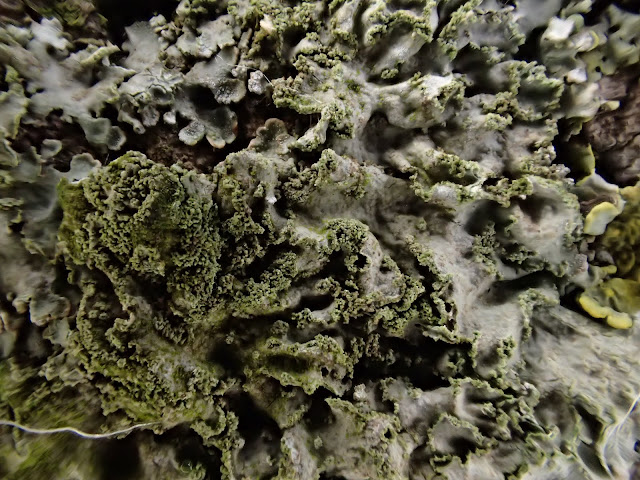16 March 2019:
I planned to survey walls near the road running from Settle to Rathmell on Sat 16th March for Km 2 - SD8061
But it rained on Friday night and Saturday morning - so I am diverted to taking pictures of flood scenes: Here is the Ribble taken from the bridge in Settle: The left side of the picture is the football pitch under water.
- It did flood over the football pitch about 20 years ago - but they built up the flood banks after that.. So the river must be really high now to break the banks. The course of the river and the weir is on the right

It is a good example of climate change.
And they are having desperate times in Malawi and Mozambique.
I visit other sites and then set off for Rathmell.
Now Rathmell, on the other side of the Ribble to Settle, was built on a hillside, to avoid the floods, above the floodplain of "Long Preston Deeps", So what happens to the plain? It floods.

Here at the junction with the bypass, I meet a friend from Settle Harriers who has just returned from Rathmell - he demonstrates the level of the water- to the top of the wheel. (Extra triathlon training?) and describes how he just helped push a stranded car through and out of the water.
 |
| Scenic view of "The Craven Arms" - taken at the same place. |
I drive a little further, park the car before the road becomes a canal and revert to plan B: "If the bottom left hand part of the km square is not accessible, then survey a different part". Yes, completely inaccessible. But is soon gets dark and I return home.
 |
| View of fields from Settle-Rathmell road |
On 17th the sun comes out and dries up the plain
The dry stone walls are made up of rocks of sandstone/gritstone.. which support lichens such as Lecanora gangalioides
 |
| I expect this will be Lecanora gangalioides but I will need to cut a section of the apothecium to check. (Just in case it turns out to be Tephromela atra) |
There is one solitary ash tree in the field.
Near the base of the trunk and on the roots is this grey small foliose lichen with grey soredia (powder) along the edge of the lobes.
I take it home and key it out - It is Physconia grisea - common on nutrient enriched trees.
 |
| Physconia grisea |
 |
| This area was flooded just 20 hours ago |
 |
| Rainbow on the wall I am surveying |
 |
| And where does the rainbow end? |
 |
| On some Caloplaca crenularia! The dark orange apothecia on the grey cracked thallus on the gritstone rocks are very distinctive. |
Species on Km 2:- 23, including 7 new ones (running total = 29)
Look out for Km 3 -SD8062- that will be on roads and walls just south of Giggleswick Railway Station
No comments:
Post a Comment